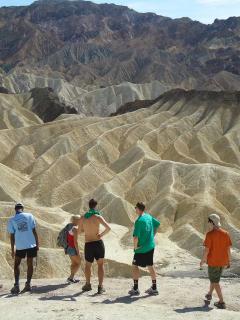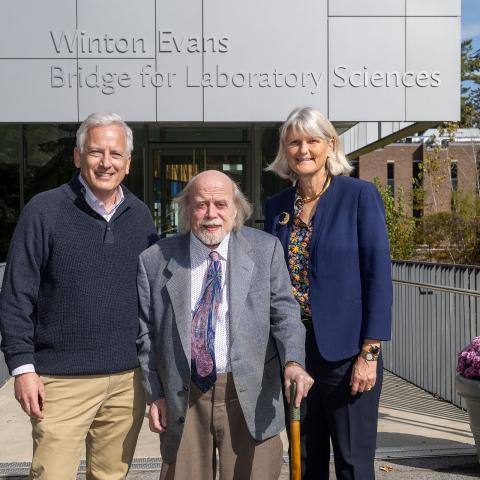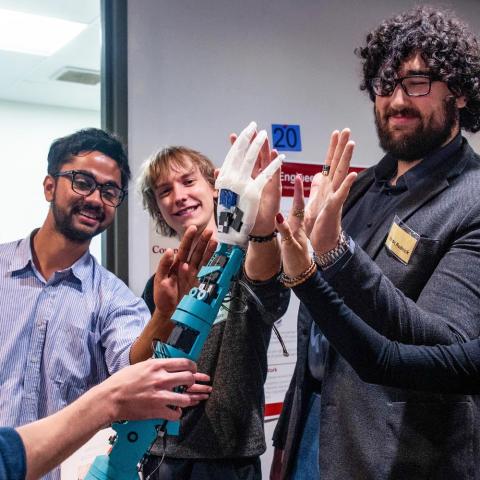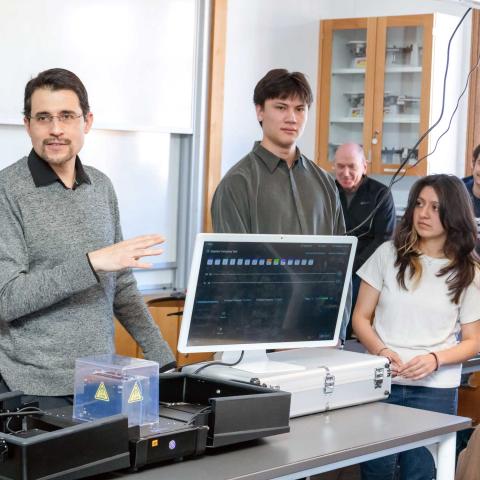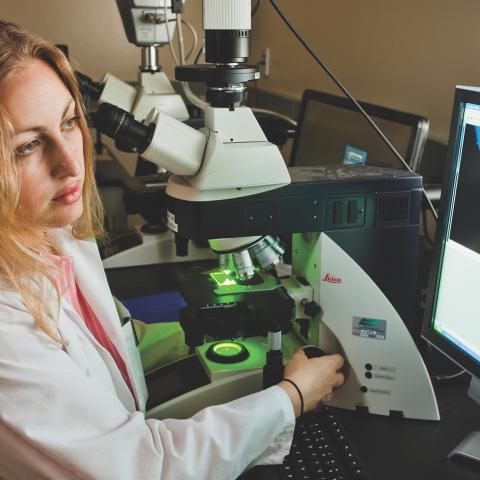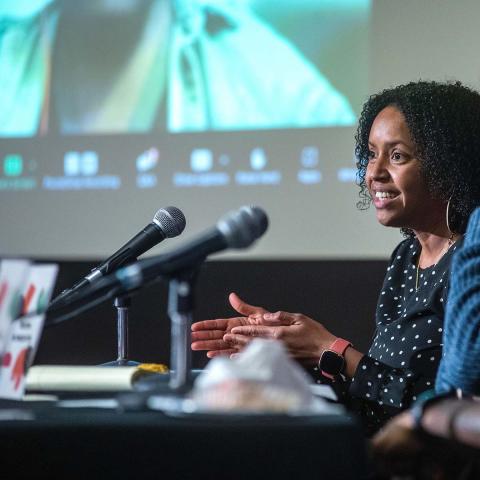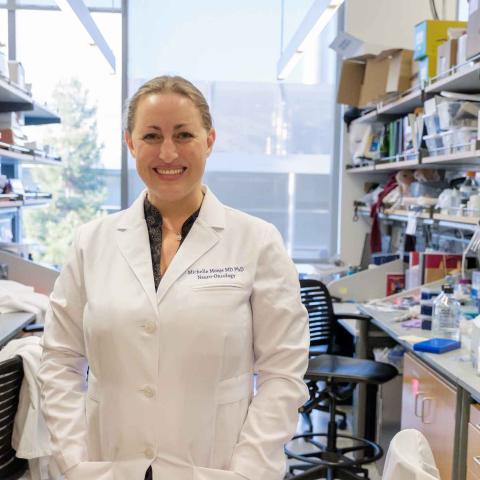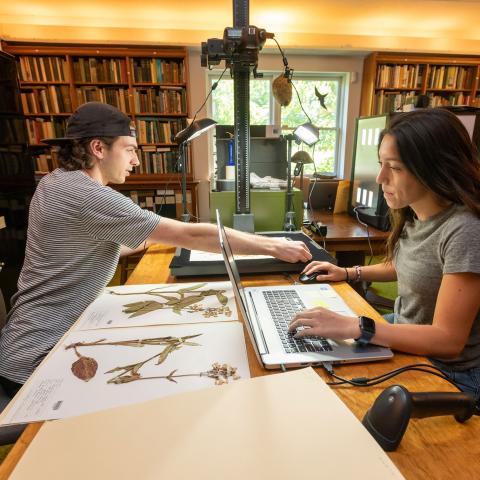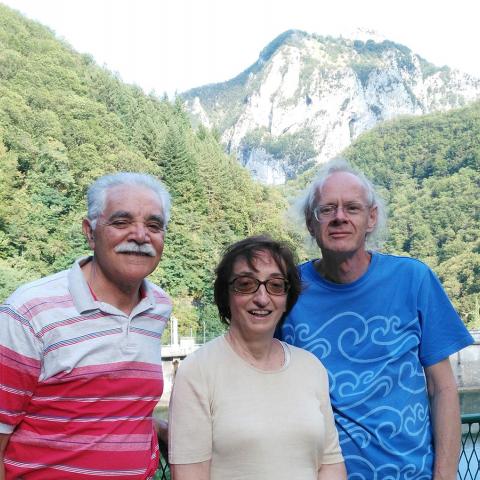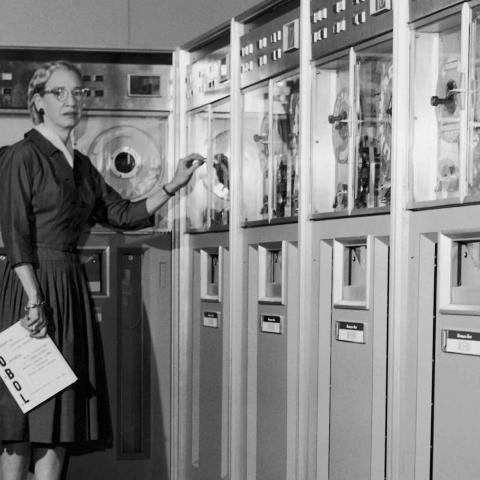Science
Scientific inquiry at Vassar is fundamentally collaborative and increasingly multidisciplinary.
Biologists collaborate with mathematicians to create computer models of biological systems. Psychologists collaborate with biochemists to explore the molecular basis of behavior. Biologists, chemists, earth scientists, and geographers team up to study watersheds and ecosystems. Since the beginning of the college, the natural sciences have been an integral part of the Vassar curriculum. The first building completed on the Vassar campus in 1865 was the astronomical observatory, and the first professor hired was the renowned astronomer Maria Mitchell, the first woman ever elected to the American Academy of Arts and Sciences.
Over the course of Vassar’s history, numerous of our graduates have gone on to stellar careers in science and medicine. One of the earliest graduates, Ellen Swallow Richards, class of 1870, was the first woman admitted to study chemistry at MIT, the first woman in the U.S. to earn a BA in chemistry, the first woman appointed to the faculty at MIT, and the first scientist to conduct water surveys in the U.S., which led to the first state water-quality standards in the nation.
Vassar and the other selective liberal arts colleges produce proportionately more science PhDs than the big research universities, and Vassar’s med school acceptance rates are far above the national average. Our success in training future scientists and physicians stems from three key pedagogical principles: close interaction with faculty mentors, access to state-of-the-art instrumentation, and opportunities to engage in original research.
All science courses and labs are taught by faculty members, not graduate students or TAs. The average class size is 17, with upper-level courses much smaller. All science faculty are actively engaged in their own research in addition to teaching, and they usually have at least one and often two or three students who work closely with them as paid research assistants. Students have access to sophisticated instrumentation—much of it fairly unusual for an undergraduate college—and they are expected to learn to use it in their coursework and in their research.
